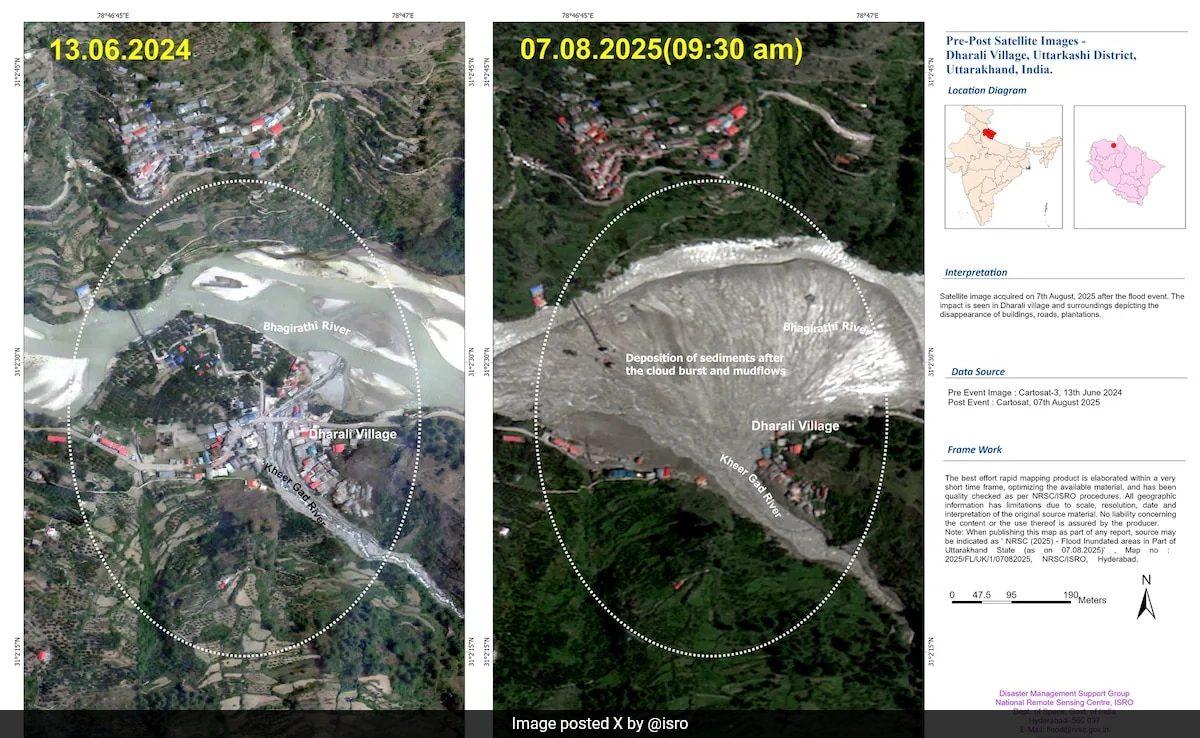The Uttar Pradesh government has implemented a ban on caste-based rallies and politically motivated events following a recent court order. This decision underscores the administration’s commitment to maintaining social harmony and public order in a state that has a history of caste-based tensions. The ruling comes at a time when various political factions have been leveraging caste affiliations to mobilize support, raising concerns about the potential for unrest and division among communities. By prohibiting these types of gatherings, the government aims to mitigate the risks associated with heightened political rhetoric and the associated social strife.
The court’s directive emphasized the need for a more inclusive political discourse that transcends traditional caste lines, reflecting a broader societal push toward unity. In Uttar Pradesh, where caste dynamics play a significant role in electoral politics, the government’s ban could significantly alter the strategies employed by political parties as they prepare for upcoming elections. This move is seen as an effort to curb the deep-seated divisions that have often been exploited for electoral gains, potentially shifting the focus towards more substantive issues that affect all citizens, regardless of their caste background.
Critics, however, argue that this ban could stifle legitimate political expression and grassroots mobilization efforts that are crucial for democracy. They contend that while the intention behind the ruling may be to promote social cohesion, it risks undermining the voices of marginalized communities who seek to assert their rights and demands through organized gatherings. This has sparked a debate about the balance between maintaining public order and allowing for the free expression of political beliefs, particularly in a diverse state like Uttar Pradesh, where caste identities are deeply embedded in the societal fabric.
As the government navigates these complex issues, the effectiveness of this ban will likely be scrutinized in the coming months. The political landscape in Uttar Pradesh is dynamic, and the response from various political parties will be crucial in determining how this ruling impacts the upcoming electoral contests. Ultimately, the challenge lies in fostering an environment where all citizens can engage in political discourse without resorting to divisive tactics that emphasize caste over commonality. The outcome of this situation could set a precedent for how caste and politics intersect in India’s future, particularly in regions where these issues remain deeply contentious.




